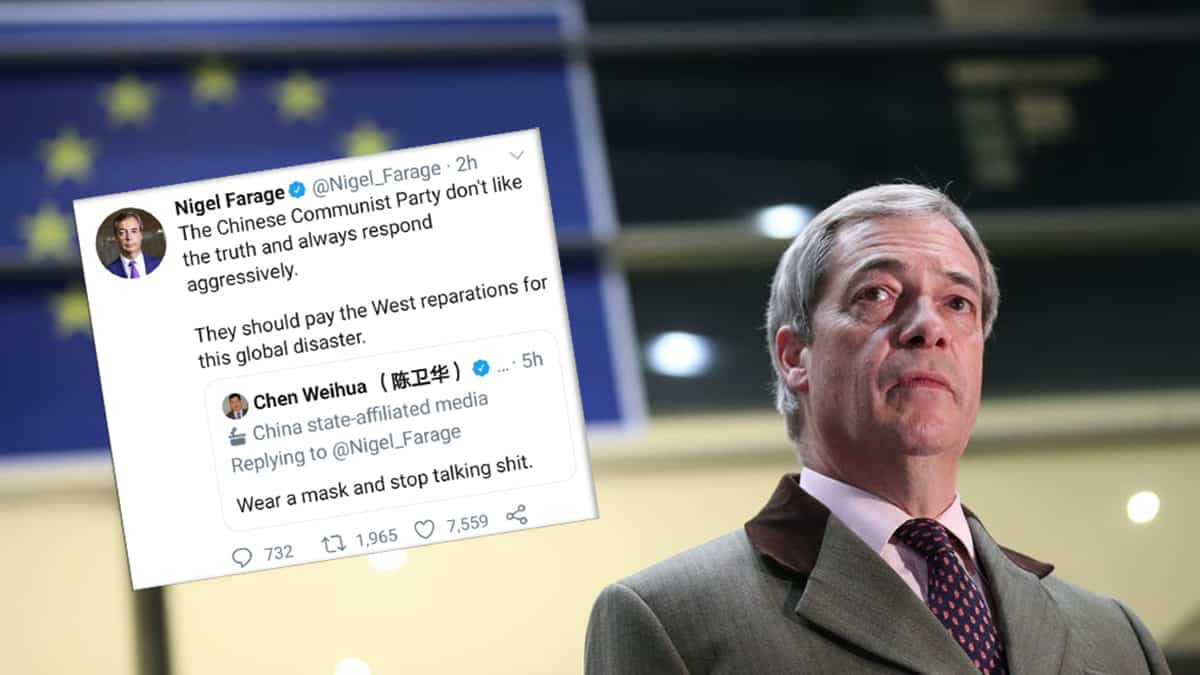Government and corporations will again balance the costs of a long-term stimulus on the backs of the poor

Credit;PA
No prizes for stating that the economy is in crisis. By late-June, government debt was £1.9 trillion, more than the entire national GDP; a debt not seen since 1963, following six years of Tory mismanagement under Chancellor and later PM, Harold Macmillan. In the second quarter (April to June), GDP dropped by more than 20 percent. Another record was broken when government borrowing exceeded £127 billion. Economists predict that the deficit–i.e., expenses exceeding revenue–could top £370bn.
Analyst Nick Hubble calls the Tory solution a potentially “limitless stimulus” (paraphrasing). Others say that this approach amounts to a type of management called financial repression. And guess who will pay the price… again?
AUSTERITY AND COVID: “A MATCH MADE IN HELL”
Britain was the hardest hit of the G7 nations. The ex-hedge fund managing millionaire Chancellor, Rishi Sunak, claims that the UK tanked so badly because: “Social activities, like eating out, going to the cinema, shopping … comprise a much larger part of our economy than they do for most of our European comparative countries.”
But is this true? By the end of July, France’s GDP had fallen less than 14 percent and Germany’s just over 10. France’s household consumption expenditure is between $1.3 and $1.5 trillion, Germany’s is $2 trillion. The UK’s is not radically different ($1.7 and $1.8 trillion.)
Although Germany’s services sector comprises just over 60 percent of its GDP compared to the UK’s 70+ percent, the sector in France likewise constitutes over 70 percent of GDP.
So, by these measures Sunak’s claim is false. The BBC parroted the assertion regardless. A more plausible explanation is that the deep cuts imposed by the Tory-Liberal regime (2010-15) after the Financial Crisis (2007-09) weakened the UK’s resilience. An article by the Oxford Research Group calls COVID off the back of austerity “a match made in hell.”
After the Global Financial Crisis (2007-09), austerity was imposed across the European Union, but the UK’s measures were particularly harsh. The French government continued to fund its health system, introducing new taxes to pay for the budget. It “took steps to protect people with low incomes,” says the World Health Organization, for instance by increasing the national insurance contributions of wealthy people. In Germany, according to the Centre for European Economic Research: “the increase in the debt ratio overstates the cost of banking sector stabilisation because the public sector also acquired significant assets,” thereby preventing long-term austerity.
In the UK, Chancellor Osborne (who was almost certainly a millionaire at the time) cut the top rate of income tax, reduced the National Health Service budget, and decimated social security. By the time COVID struck, two-thirds of the so-called job recovery market comprised of what the Resolution Foundation calls “atypical work”: precarious small business ownership or unstable gig economy-type jobs.
RelatedPosts
Fifty years of tax cuts for rich did not trickle down – study concludes
“REPRESSIONOMICS”?
So, how will the government—which is comprised of millionaires and funded by billionaires—manage the unfolding COVID crisis? Barclays notes that policymakers “will have to choose from overt debt reduction policies, such as austerity and taxation, to covert ones, such as financial repression and inflation.”
“Repressionomics” sees funds borrowed from the private sector to reduce government debt. The acquisition of private funds facilitates the continuation of low-interest rates for government spending. The measures are “repressive” in that savers earn less than at the rate of inflation. Ideologues are already pushing for this as the least-worst option. The Telegraph, for instance, finds reasons not to re-nationalise the Bank of England or spend on a massive, post-WWII-type infrastructure project, backed by government-secured jobs and housing. “That leaves the last option: financial repression.”
Contrary to the impression given by Barclays, financial repression and austerity are not mutually exclusive. Ad van Riet of the European Central Bank (ECB) confirmed that European technocrats “applied the tools of financial repression to restore stability after the euro area crisis,” following the Crisis of ‘07-09. But that didn’t stop the ECB from imposing austerity in the form of public spending cuts.
Corporations are not in the business of having their profits repressed. They will likely continue to defer the cost of lost profits to lower-level employees and pension holders. With embedded public spending cutbacks resulting from policies undertaken during the last decade, social security will continue to be meagre for the recently-redundant and retired. Nearly nine in ten pension funds saw a drop of up to 15 percent in the first quarter.
Harvard economist, Professor Lance Taylor, predicts that “profits from job losses will finance government borrowing for COVID-19 bailouts.” The former Chief Economist at Citi, Willem Buiter, says that even without protectionism, “the organisation of production and trade will emphasise planned redundancy.” Buiter cites only “painful ways to restore fiscal sustainability.” The rich and powerful have ways to offset the “pain” of lower-than-expected returns. “That leaves the familiar tools of public spending cuts and higher taxes,” says Buiter. However, corporations and wealthy individuals already create a “tax gap” of £35 billion.
PUSHING FOR A NEW AUSTERITY
In late-2019, the Institute for Fiscal Studies reported that “an awful lot” of austerity was “baked in” to the Tories’ supposedly generous manifesto. In April this year, millionaire Boris Johnson said: “I think this government will want to encourage that bounce back in all kinds of ways, but I’ve never particularly liked the term [austerity] and it’s certainly not part of our approach.” Notice that Johnson said he didn’t like the “term,” not the practice. Media read this as a pledge not to continue the trends set by millionaire PM David Cameron in 2010. But in reality, Chancellor Sunak has already confirmed that “tough times are here,” though not for people like him and Tory donors.
Talking to the Confederation of British Industry, former Chancellor and millionaire, Philip Hammond, says: “My personal view is that this government will be extremely reluctant to either increase taxes or reduce public spending.” Hammond concludes that this will push austerity further down the road: “I expect that the great majority of the burden of this crisis is going to be absorbed through increased borrowing and left on the table for future generations.”
THE USUAL SUSPECTS ARE LOBBYING FOR BELT-TIGHTENING
Matthew Lesh, head of research at the Adam Smith Institute, claims that government spending is too generous: “The Tories are caring less and less about fiscal responsibility. They are instead looking for a magic money forest.” Sajid Javid, the millionaire ex-banker and former Chancellor, recently published a report for the Tory-backing Centre for Policy Studies, recommending VAT and national insurance relief for employers, and “[n]ew fiscal rules to gradually eliminate the current budget deficit after the economy recovers.” Javid concludes: “When things have returned to some form of normality, fiscal conservatives may have to win the argument all over again.”
To prevent another decade of austerity, the grassroots must ensure that the Labour Party remains committed to socialist policies, otherwise it will repeat the mistakes of the austerity-lite leader Ed Miliband in 2015 and fail to gain a significant number of seats whenever the next General Election comes.
Related – Johnson’s infrastructure project will drive public wealth to private equity firms






 © Provided by Quartz
© Provided by Quartz










